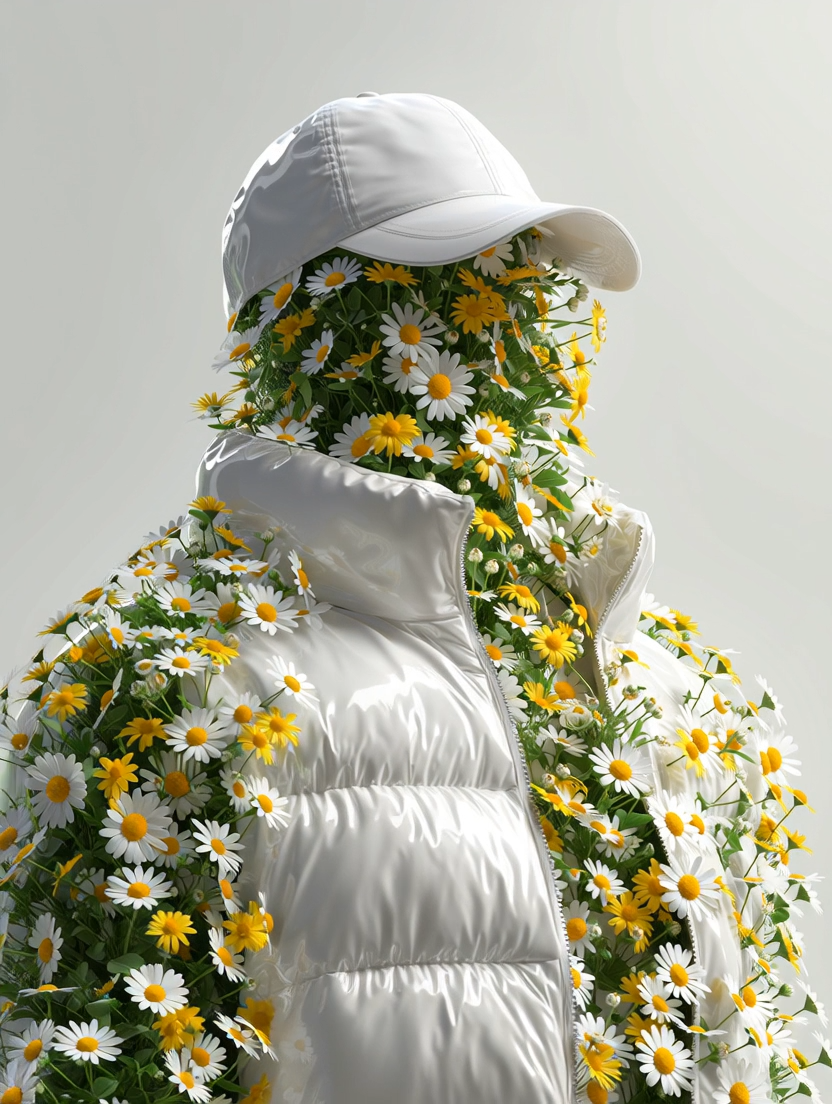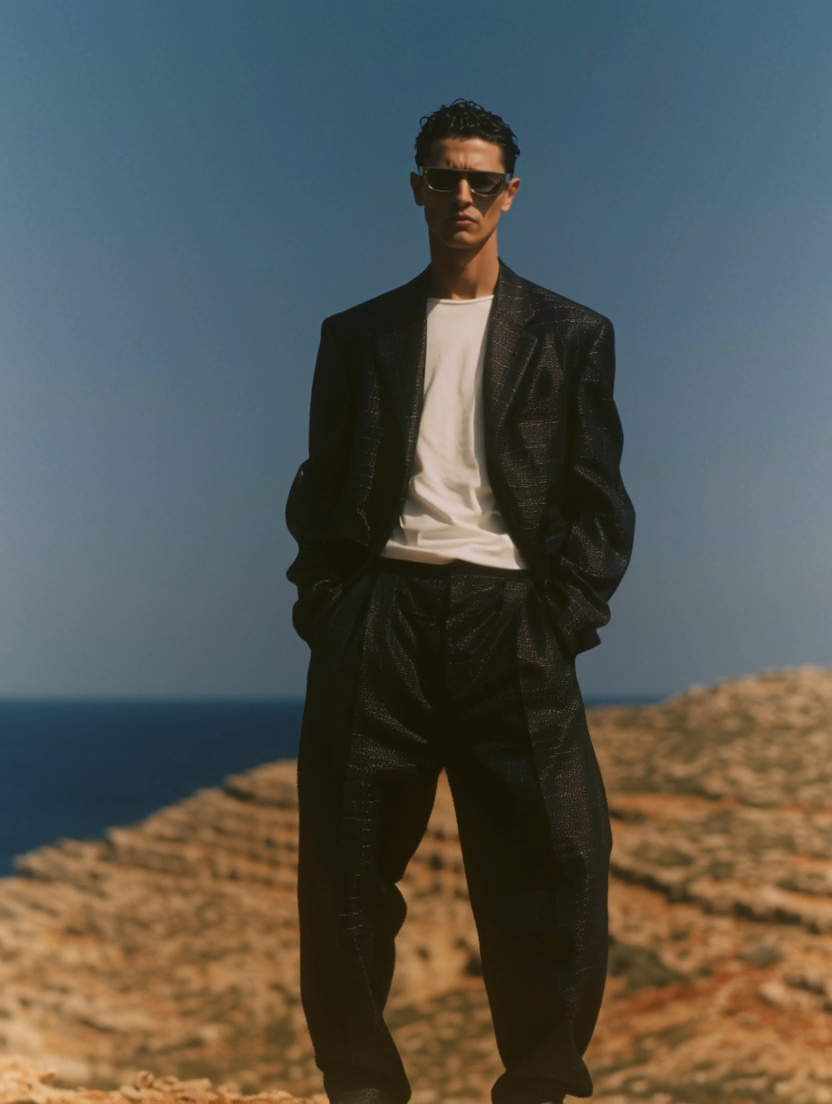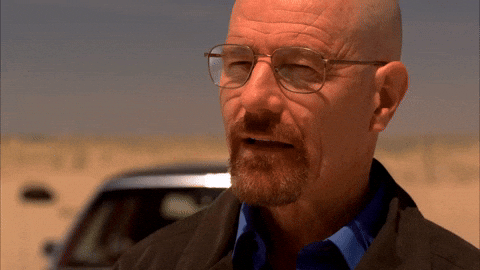AI in Design: Friend, Foe, or Frenemy?
Artificial Intelligence is shaking up the design industry. Some people are terrified of losing their jobs. Others are excited about having a new super-tool at their fingertips. Me? I stand somewhere in the middle. AI is like a double-edged sword: in the right hands, it’s a powerful way to level up your work. In the wrong hands, it can drag your quality (and your rates) way, way down.
When AI Becomes Your Super-Assistant
Almost every part of my process today touches AI in one way or another. Writing drafts, building wireframes, running quick analyses, AI speeds things up and sometimes even improves the final outcome.
Think of it as having an intern who never sleeps, never complains, and always answers “yes” (sometimes a bit too literally).
For me, this means I can focus on the creative heavy lifting while letting AI handle the boring stuff. Faster delivery, more room for strategy, and a bit of extra energy left for playing the violin or tennis.

The Dark Side of AI
But here’s the catch: if you lean on AI too much, you risk lowering your standards.
I’ve seen people who outsource everything to AI: from social media captions to visual concepts — without adding any of their own voice, taste, or direction. And sure, the result looks “okay,” but it’s nothing unique. That’s how you fall into the category of low-paid “experts” who deliver something anyone could generate in five seconds.
AI can help you create, but it won’t make your work stand out unless you bring yourself into the process.
Can Clients Just Do It Themselves?
Yes, a client can build something with AI. It might take them more time, but it will be cheaper.
The real question is: what’s more valuable for them, saving money or saving time?
Clients hire me not just to “press the buttons,” but to think strategically, solve problems, and translate their brand into something humans actually connect with. Midjourney might generate a fancy hero image, but good luck asking it to design a proper contact form that converts.

Where AI Stops
Here’s the truth: AI is powerful, but it still has limits. One day, it might be able to do almost everything. But there’s one thing it will never do: live a human life.
Design isn’t just about pixels and patterns. It’s about experiences, emotions, and cultural context. AI can learn patterns, but it can’t feel. It doesn’t know what it’s like to laugh with friends, to get lost in a city, or to play a violin piece so many times that your neighbors start questioning their life choices.
And since brands exist for humans, not machines, that’s where designers will always have the upper hand.
The Future: Collaboration, Not Competition
So is AI a friend or foe? For me, it’s neither, it’s a collaborator.
Designers who fight against it will lose. Designers who hand over the entire process to AI will also lose. The real winners are those who find the balance in the middle, embracing AI as a tool while keeping their own voice, taste, and strategy. Those designers will move faster, deliver smarter, and open up space for deeper creative work.

Final Thoughts
AI isn’t going to kill design, bad design is.
If you want something cheap and generic, sure, AI can do that. But if you want branding, websites, and digital experiences that feel human, you’ll need a designer who knows how to use AI as a tool, not a crutch.
That’s where I come in.
